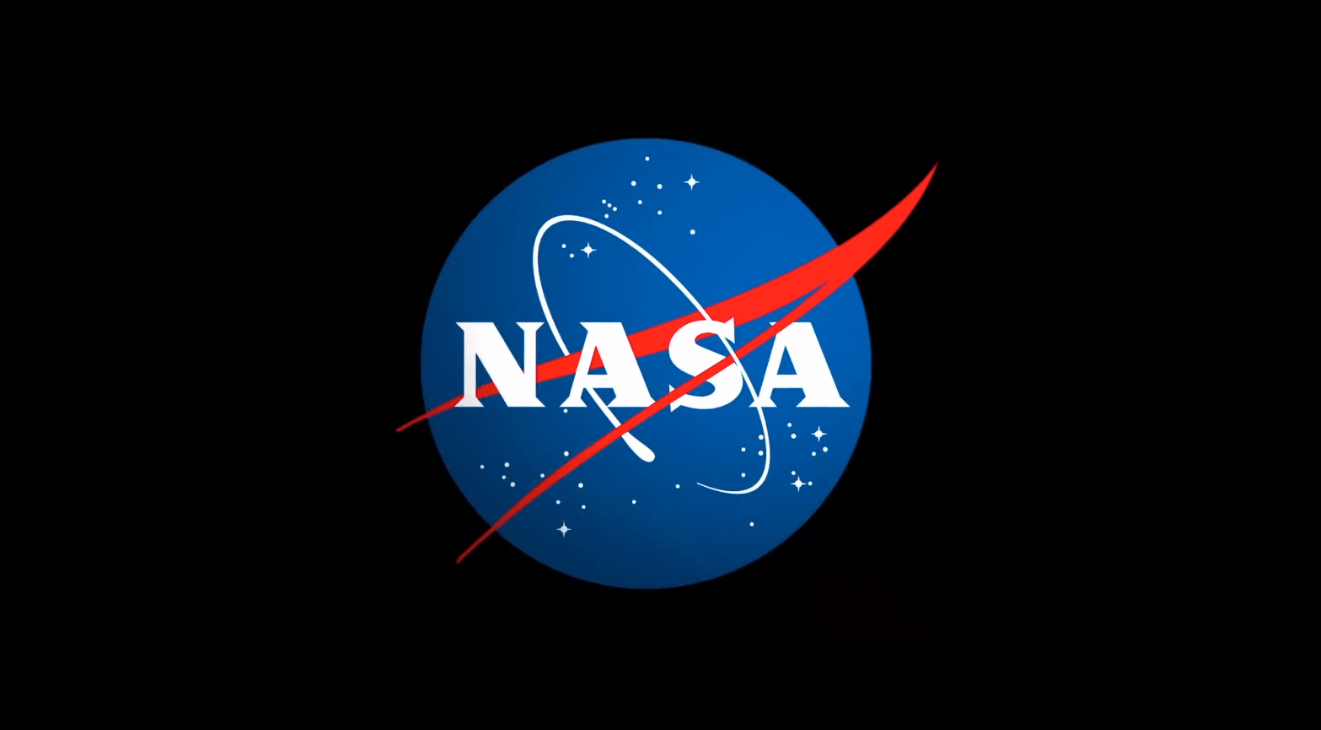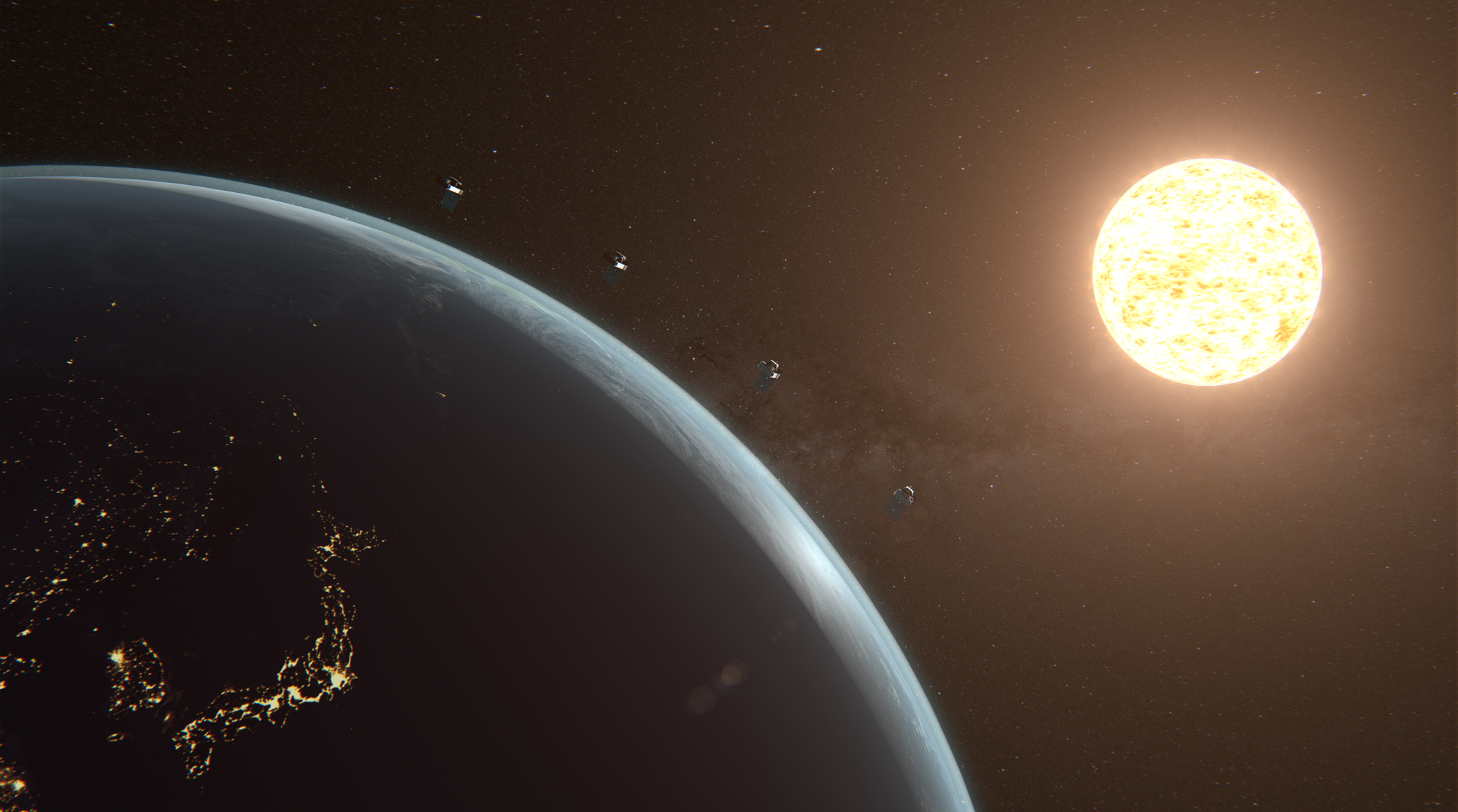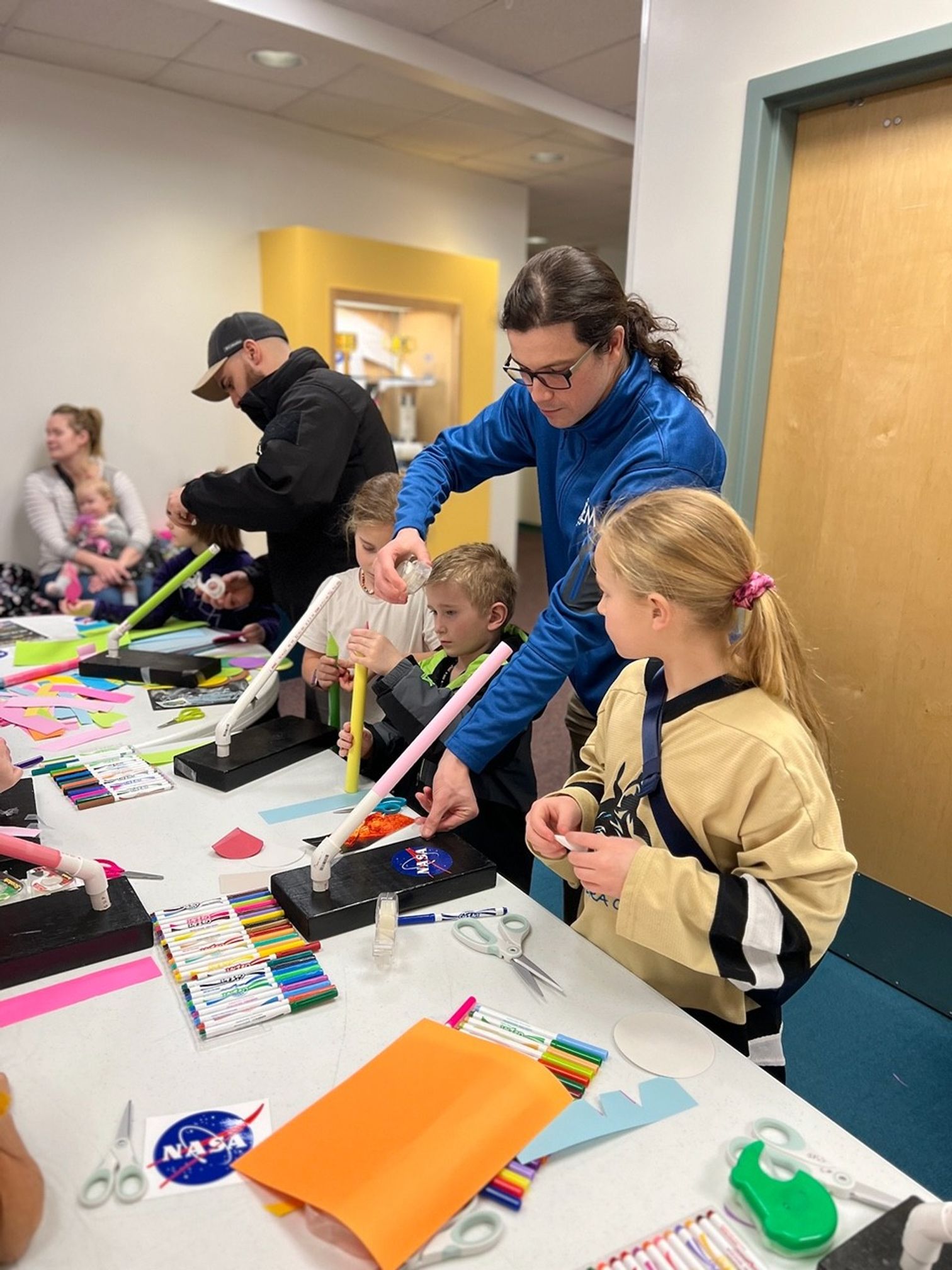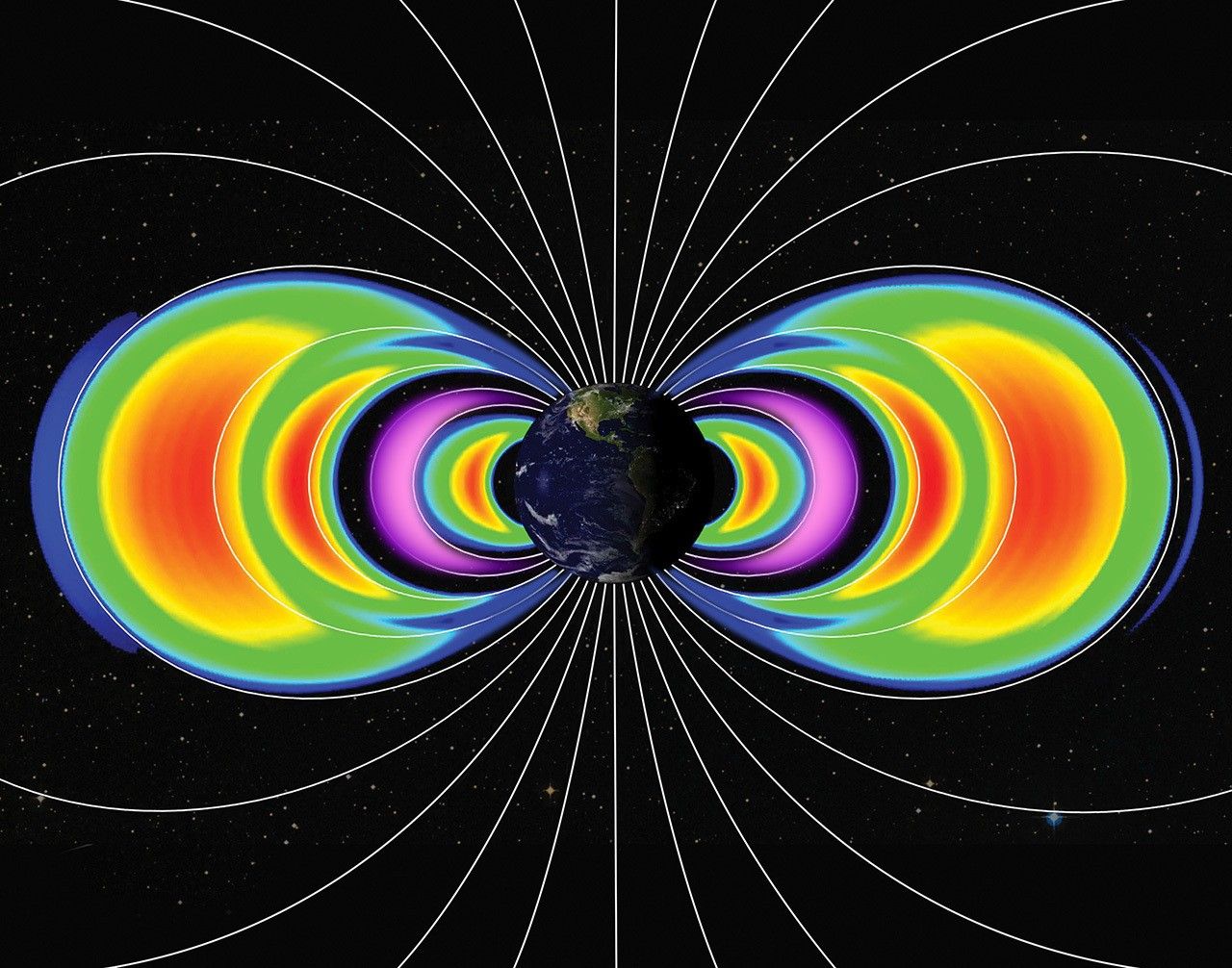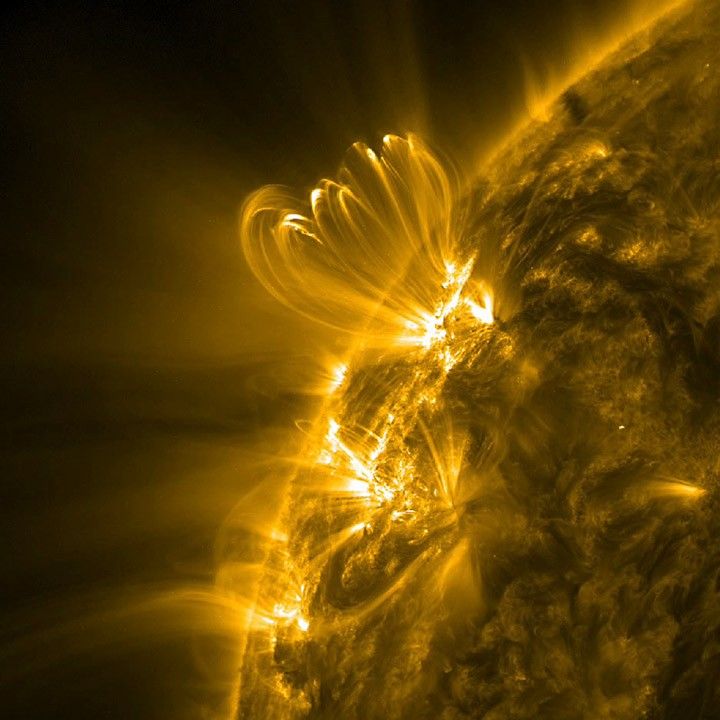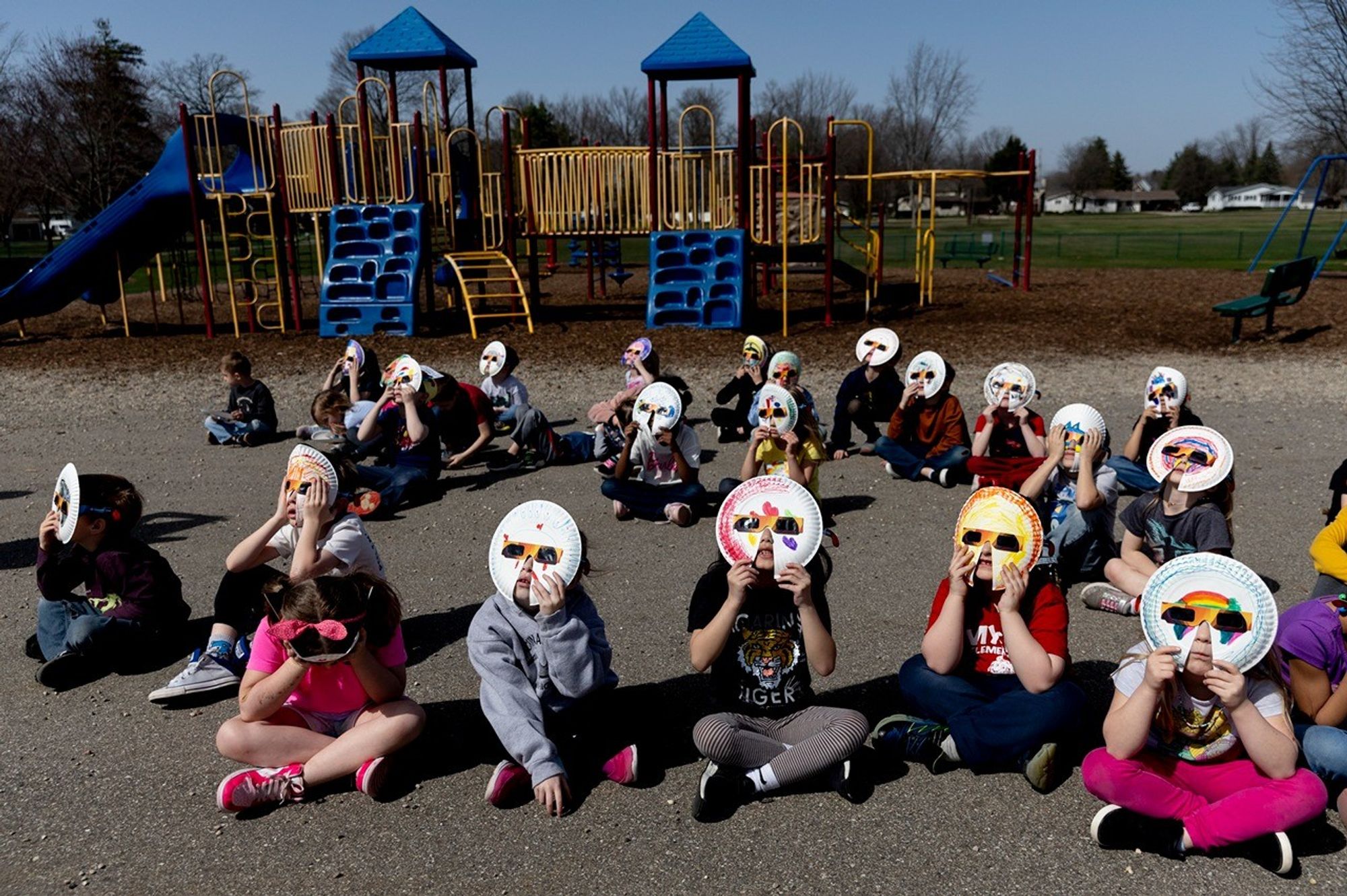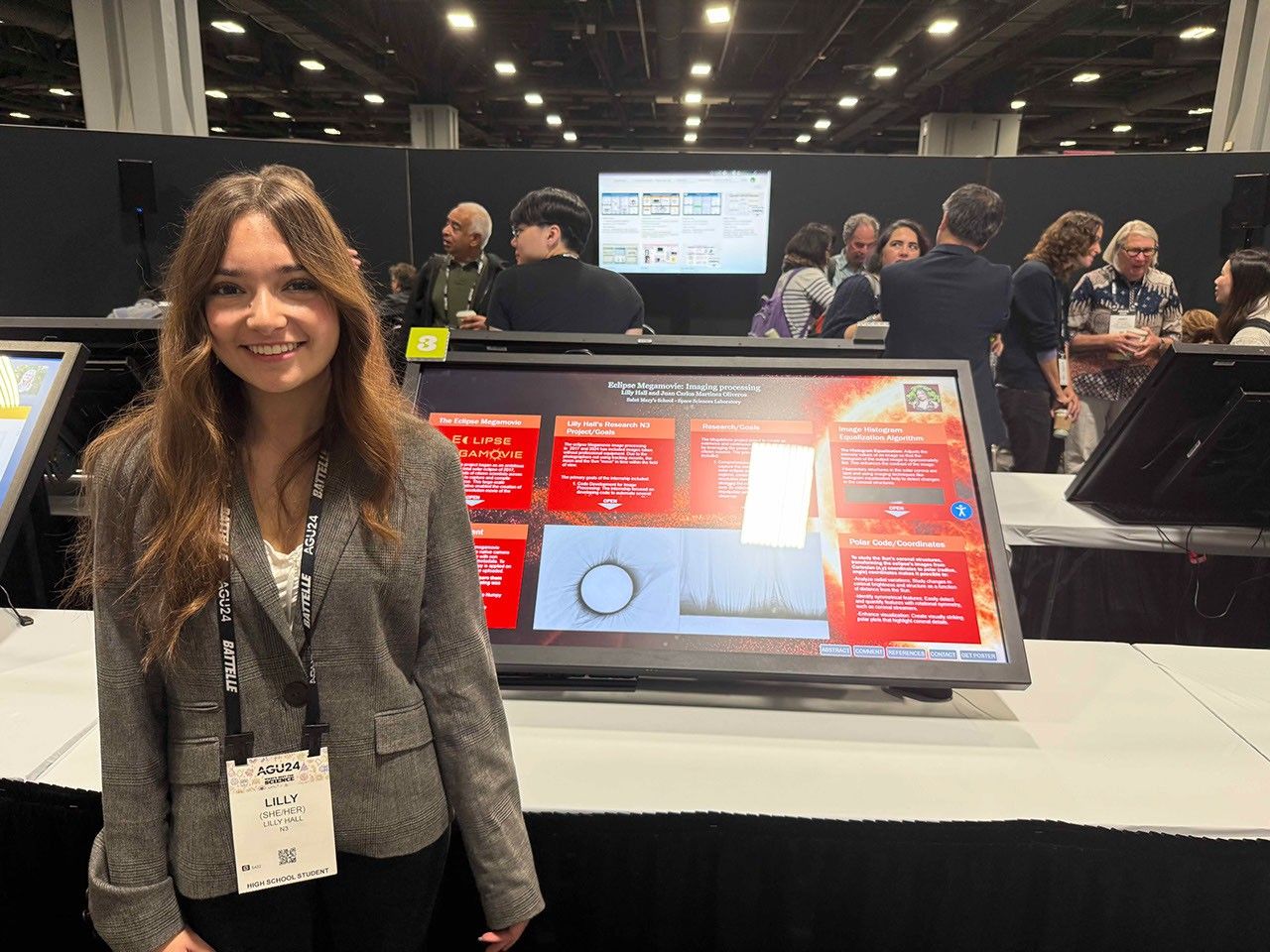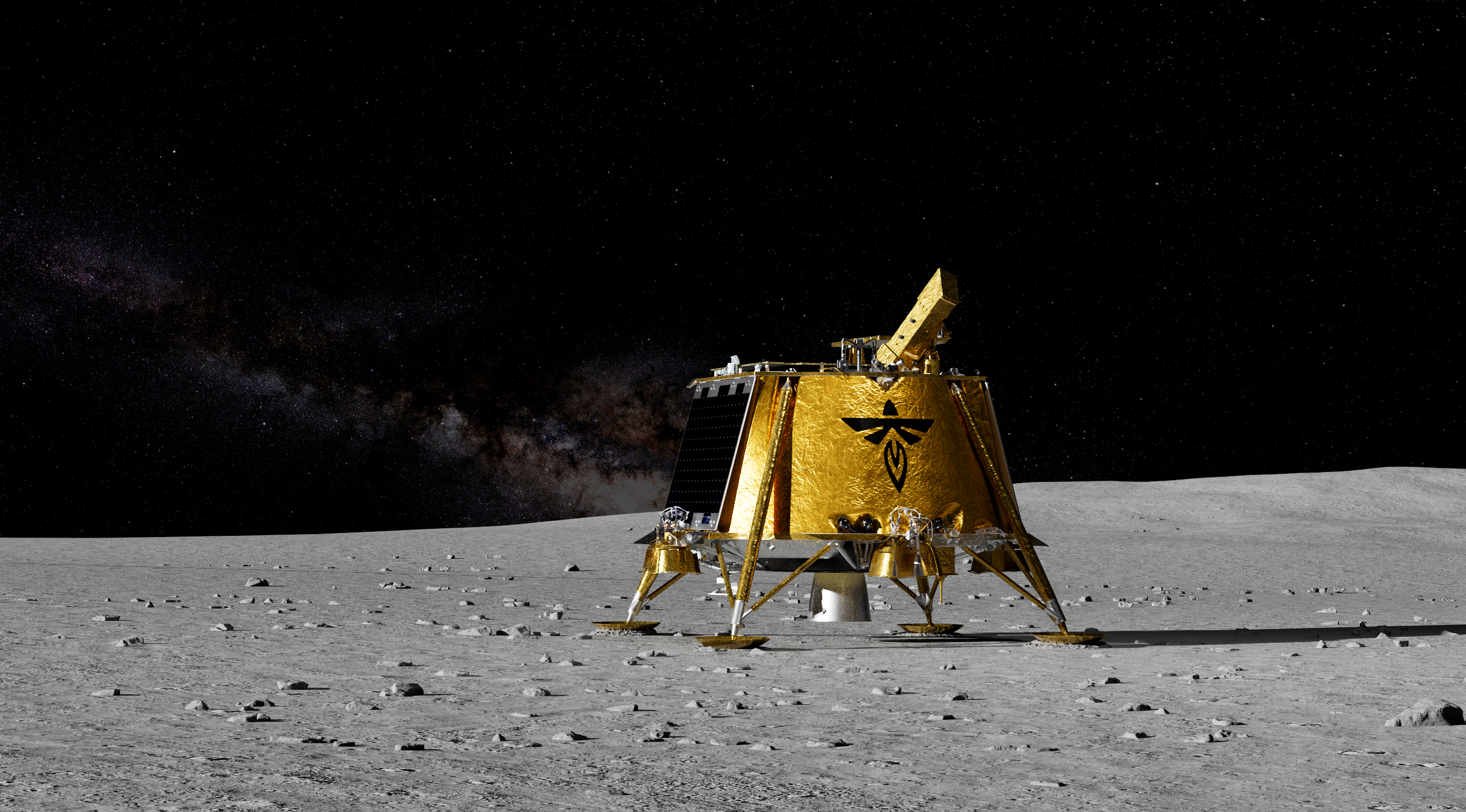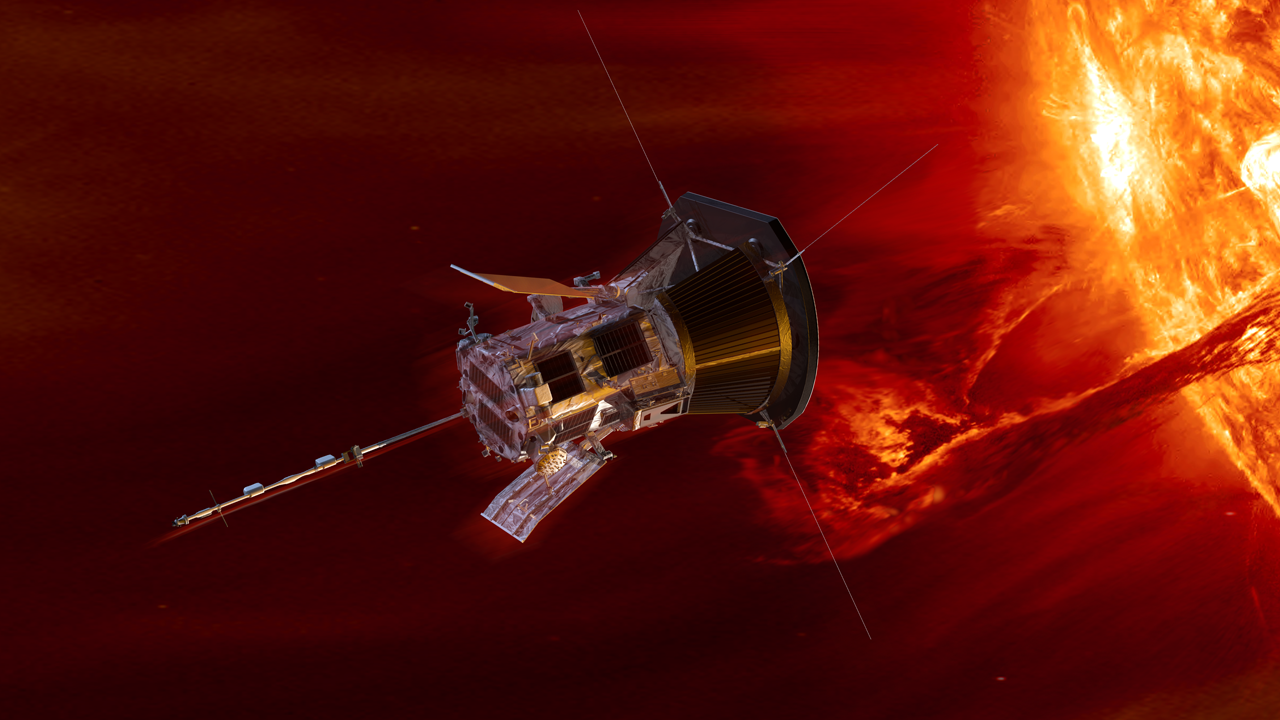Credit: NASA NASA, on behalf of the National Oceanic and Atmospheric Administration (NOAA), has awarded a delivery order to BAE Systems Space & Mission Systems Inc. of Boulder, Colorado, to build spacecraft for the Lagrange 1 Series project as a part of NOAA’s Space Weather Next program. The award made under the Rapid Spacecraft Acquisition IV contract, has a total value of approximately $230.6 million with the period of performance running from February 2025 to February 2035. The work will take place at the awardee’s facility in Boulder. The firm-fixed-price…
Read MoreTag: Heliophysics
NASA’s PUNCH Mission to Revolutionize Our View of Solar Wind
6 Min Read NASA’s PUNCH Mission to Revolutionize Our View of Solar Wind Earth is immersed in material streaming from the Sun. This stream, called the solar wind, is washing over our planet, causing breathtaking auroras, impacting satellites and astronauts in space, and even affecting ground-based infrastructure. NASA’s PUNCH (Polarimeter to Unify the Corona and Heliosphere) mission will be the first to image the Sun’s corona, or outer atmosphere, and solar wind together to better understand the Sun, solar wind, and Earth as a single connected system. Launching no earlier…
Read MoreAn Afternoon of Family Science and Rocket Exploration in Alaska
Explore This Section Science Science Activation An Afternoon of Family Science… Overview Learning Resources Science Activation Teams SME Map Opportunities More Science Activation Stories Citizen Science 2 min read An Afternoon of Family Science and Rocket Exploration in Alaska On Tuesday, January 28th, Fairbanks BEST Homeschool joined the Geophysical Institute for an afternoon of rocket exploration, hands-on activities, and stargazing inside a planetarium. This event was free and open to the public. Despite their frigid winter weather, 200 attendees were curious about the scientific endeavors of Alaska-based researchers alongside…
Read MoreNASA CubeSat Finds New Radiation Belts After May 2024 Solar Storm
5 min read NASA CubeSat Finds New Radiation Belts After May 2024 Solar Storm Key Points The May 2024 solar storm created two new temporary belts of high-energy particles surrounding Earth. Such belts have been seen before, but the new ones were particularly long lasting, especially the new proton belt. The findings are particularly important for spacecraft launching into geostationary orbits, which can be damaged as they traverse the dangerous belts. The largest solar storm in two decades hit Earth in May 2024. For several days, wave after wave of…
Read MoreNASA Invites Media to Discuss PUNCH Mission to Study Solar Wind
Caption: Illustration of the four PUNCH spacecraft in low Earth orbit. Credit: NASA’s Goddard Space Flight Center Conceptual Image Lab NASA will hold a media teleconference at 2 p.m. EST on Tuesday, Feb. 4, to share information about the agency’s upcoming PUNCH (Polarimeter to Unify the Corona and Heliosphere) mission, which is targeted to launch no earlier than Thursday, Feb. 27. The agency’s PUNCH mission is a constellation of four small satellites. When they arrive in low Earth orbit, the satellites will make global, 3D observations of the Sun’s outer…
Read MoreNASA Solar Observatory Sees Coronal Loops Flicker Before Big Flares
3 min read NASA Solar Observatory Sees Coronal Loops Flicker Before Big Flares For decades, scientists have tried in vain to accurately predict solar flares — intense bursts of light on the Sun that can send a flurry of charged particles into the solar system. Now, using NASA’s Solar Dynamics Observatory, one team has identified flickering loops in the solar atmosphere, or corona, that seem to signal when the Sun is about to unleash a large flare. These warning signs could help NASA and other stakeholders protect astronauts as well…
Read MoreNASA HEAT Student Activity Featured in TIME’s Top 100 Photos of 2024
Learn Home NASA HEAT Student Activity… Heliophysics Overview Learning Resources Science Activation Teams SME Map Opportunities More Science Activation Stories Citizen Science 3 min read NASA HEAT Student Activity Featured in TIME’s Top 100 Photos of 2024 On April 8, 2024, tens of millions experienced a solar eclipse from Mexico through the United States and into Canada. Astronomers, educators, and organizations had been preparing the public for this grand celestial event. Learning from engagement experiences in 2017, the NASA Heliophysics Education Activation Team (NASA HEAT) promoted an activity called…
Read MoreFirst NASA Neurodiversity Network Intern to Present at the American Geophysical Union Annual Conference
Learn Home First NASA Neurodiversity… Heliophysics Overview Learning Resources Science Activation Teams SME Map Opportunities More Science Activation Stories Citizen Science 2 min read First NASA Neurodiversity Network Intern to Present at the American Geophysical Union Annual Conference The NASA Science Activation Program’s NASA’s Neurodiversity Network (N3) project sponsors a summer internship program for high school students, in which learners on the autism spectrum are matched with NASA Subject Matter Experts. N3 intern Lillian Hall and mentor Dr. Juan Carlos Martinez Oliveros presented Lilly’s summer research project on December…
Read MoreNASA’s LEXI Will Provide X-Ray Vision of Earth’s Magnetosphere
5 min read NASA’s LEXI Will Provide X-Ray Vision of Earth’s Magnetosphere A NASA X-ray imager is heading to the Moon as part of NASA’s Artemis campaign, where it will capture the first global images of the magnetic field that shields Earth from solar radiation. The Lunar Environment Heliospheric X-ray Imager, or LEXI, instrument is one of 10 payloads aboard the next lunar delivery through NASA’s CLPS (Commercial Lunar Payload Services) initiative, set to launch from the agency’s Kennedy Space Center in Florida no earlier than mid-January, with Firefly Aerospace’s Blue Ghost…
Read MoreNASA’s Parker Solar Probe Makes History With Closest Pass to Sun
5 Min Read NASA’s Parker Solar Probe Makes History With Closest Pass to Sun An artist’s concept showing Parker Solar Probe. Credits: NASA/APL Operations teams have confirmed NASA’s mission to “touch” the Sun survived its record-breaking closest approach to the solar surface on Dec. 24, 2024. Breaking its previous record by flying just 3.8 million miles above the surface of the Sun, NASA’s Parker Solar Probe hurtled through the solar atmosphere at a blazing 430,000 miles per hour — faster than any human-made object has ever moved. A beacon tone…
Read More